Navigating the Cybersecurity Landscape: Analyzing Selfie-Based Fingerprint Extraction
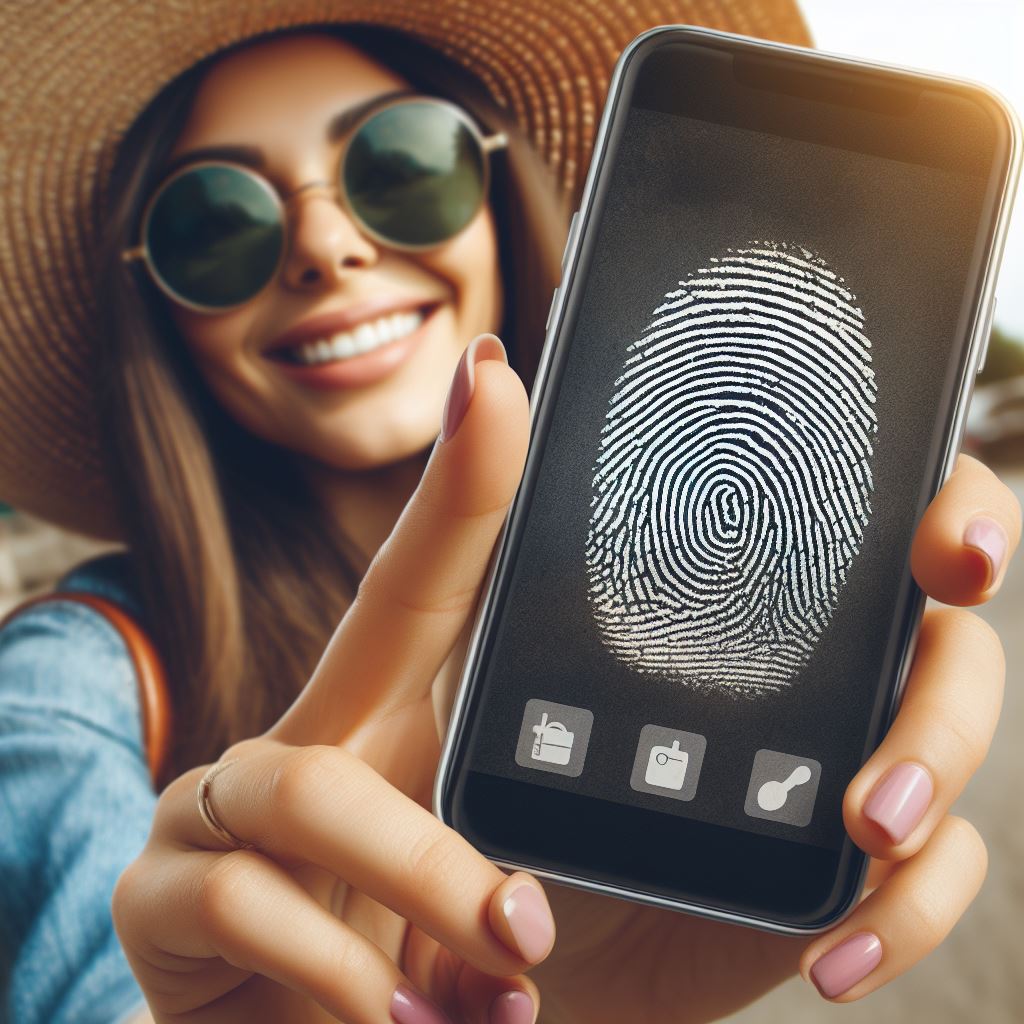
INTRODUCTION
In the age of digital connectivity, our smartphones are not just communication devices but also our gateways to sensitive information. With the evolution of biometric authentication, the use of fingerprints to unlock devices has become commonplace. However, recent advancements have introduced a novel method: selfie-based fingerprint extraction. While promising convenience, this innovation raises significant cybersecurity concerns. This article delves into the implications of this technology and its potential impact on digital security.
Understanding Selfie-Based Fingerprint extraction
Selfie-based fingerprint extraction utilizes high-resolution photographs to capture fingerprints. Advanced image processing algorithms then analyze these images to reconstruct a person’s fingerprint with remarkable accuracy. This method eliminates the need for specialized hardware, relying solely on the smartphone’s camera, thereby enhancing accessibility and convenience.
How It Works:
- Capture: A user takes a high-resolution selfie or a photo of their hand using their smartphone camera.
- Extraction: Advanced image processing algorithms analyze the photograph to identify and reconstruct the fingerprint patterns.
- Authentication: The extracted fingerprint data is then used for biometric authentication, such as unlocking a device or accessing secure applications.
Implications for Cybersecurity
While selfie-based fingerprint extraction offers convenience, its cybersecurity implications are profound:
Biometric Data Privacy: Fingerprint data is highly sensitive and irreplaceable. Unlike passwords, which can be changed, fingerprints are immutable, making them lucrative targets for cybercriminals. Storing such data on a device’s memory raises concerns about unauthorized access and potential misuse.
Vulnerabilities to Spoofing: Despite advancements in image processing, selfie-based fingerprint extraction remains vulnerable to spoofing attacks. High-quality photographs or replicas of fingerprints can deceive the system, granting unauthorized access to devices and sensitive data.
Legal and Ethical Considerations: The legality and ethical implications of capturing fingerprints via selfies are still ambiguous. Users may unknowingly consent to the extraction of biometric data, raising concerns about privacy rights and informed consent.
Data Breach Risks: Storing fingerprint data on devices increases the risk of data breaches. Cybercriminals continuously exploit vulnerabilities in software and operating systems to gain access to sensitive information. A breach involving biometric data could have far-reaching consequences for individuals and organizations alike.
Regulatory Compliance: The proliferation of selfie-based fingerprint extraction necessitates robust regulatory frameworks to safeguard biometric data. Compliance with regulations such as GDPR and CCPA becomes crucial to protect user privacy and prevent regulatory penalties.
cases of Selfie-Based Fingerprint theft
While selfie-based fingerprint extraction is a relatively new concept, there have been instances where similar technologies or methods have been exploited for malicious purposes. Although specific cases of selfie-based fingerprint theft may not be extensively documented, similar incidents involving biometric data theft can provide insights into the potential risks associated with this technology. Here are a few notable examples:
Samsung Galaxy S10 Fingerprint Sensor Vulnerability (2019): In 2019, researchers discovered a vulnerability in the ultrasonic fingerprint sensor used in Samsung Galaxy S10 smartphones. The flaw allowed anyone to unlock the device using a 3D-printed fingerprint, thus bypassing biometric authentication. While this incident did not involve selfie-based fingerprint extraction, it highlights the susceptibility of biometric systems to spoofing attacks.
Ongoing Threat of Deepfakes: Deepfake technology, which uses artificial intelligence to create highly realistic fake videos or images, poses a significant threat to biometric security. While not specifically focused on fingerprint theft, deepfakes could potentially be used to generate lifelike images of fingerprints from selfies or other photographs. These forged fingerprints could then be used to bypass biometric authentication systems.
Instagram Selfie Authentication Vulnerability (2020): In 2020, a security researcher discovered a vulnerability in Instagram’s account recovery process that allowed attackers to hijack accounts using selfies. By exploiting flaws in Instagram’s identity verification system, attackers could trick the platform into accepting fake selfies as proof of identity, potentially gaining access to users’ accounts and personal information.
Biometric Data Breaches: While not directly related to selfie-based fingerprint extraction, several high-profile data breaches have involved the theft of biometric data, including fingerprints. For example, the 2015 breach of the U.S. Office of Personnel Management (OPM) resulted in the theft of millions of fingerprint records belonging to government employees and contractors. These breaches highlight the importance of securing biometric data against unauthorized access and exploitation.

The Fingerprint Trap
Jake had always been cautious online. But one day, in a rush to download a free app, he accepted all the permissions without a second thought. Weeks later, he noticed strange charges on his bank account and emails sent from his address that he hadn’t written.
Panic set in as Jake realized his digital “fingerprint”—his personal data—had been left behind. The app had collected more than just usage stats; it tracked his location, stored his passwords, and even accessed his contacts.
Jake spent days fixing the damage, changing passwords, and closing accounts. From then on, he became vigilant, reading permissions, using two-factor authentication, and thinking twice before sharing personal details.
“Don’t leave your fingerprint behind,” Jake would warn others. In the digital age, your data is your identity—protect it like you would your most valuable possessions.
Mitigating Cybersecurity Risks
To address the cybersecurity challenges posed by selfie-based fingerprint extraction, proactive measures must be implemented:
Encryption and Secure Storage: Employ strong encryption techniques to safeguard stored biometric data. Utilize secure storage mechanisms to prevent unauthorized access and data breaches.
Multi-Factor Authentication (MFA): Implement MFA solutions that combine biometric authentication with other factors such as passwords or PINs. This enhances security by adding an additional layer of verification.
Continuous Security Updates: Regularly update software and firmware to patch vulnerabilities and protect against emerging threats. Promptly address security flaws to mitigate the risk of exploitation.
User Education and Awareness: Educate users about the risks associated with selfie-based fingerprint extraction and the importance of protecting their biometric data. Encourage the adoption of security best practices to minimize exposure to threats.
Regulatory Compliance Adherence: Ensure compliance with relevant data protection regulations and industry standards. Implement robust privacy policies and procedures to safeguard biometric information and uphold user rights.
Conclusion
Selfie-based fingerprint extraction represents a paradigm shift in biometric authentication, offering unparalleled convenience but raising significant cybersecurity concerns. As this technology continues to evolve, it is imperative to prioritize data privacy, security, and regulatory compliance. By implementing proactive measures and raising awareness about potential risks, we can harness the benefits of this innovation while safeguarding against cyber threats.



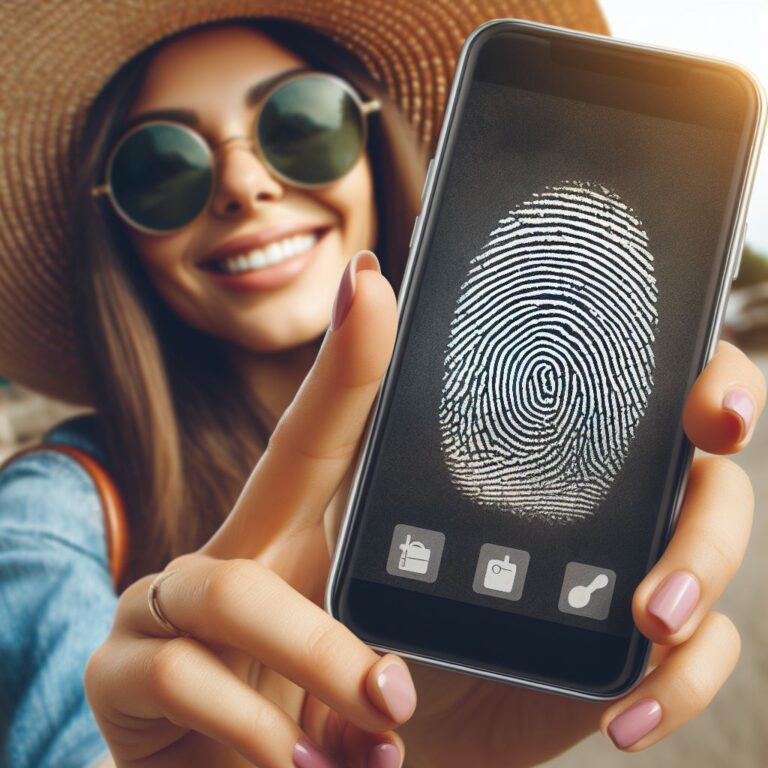
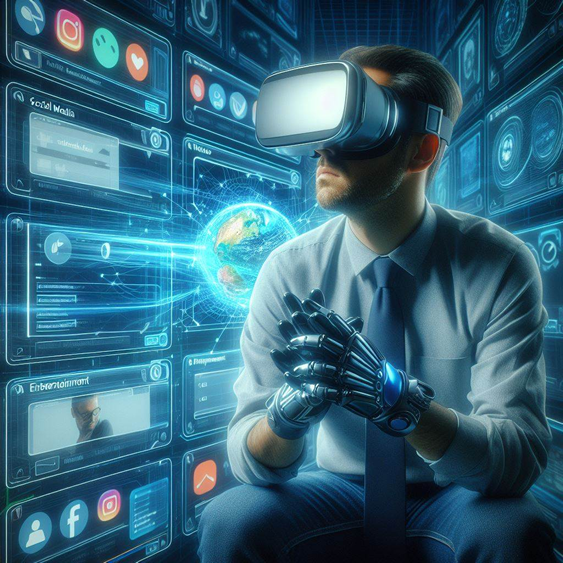

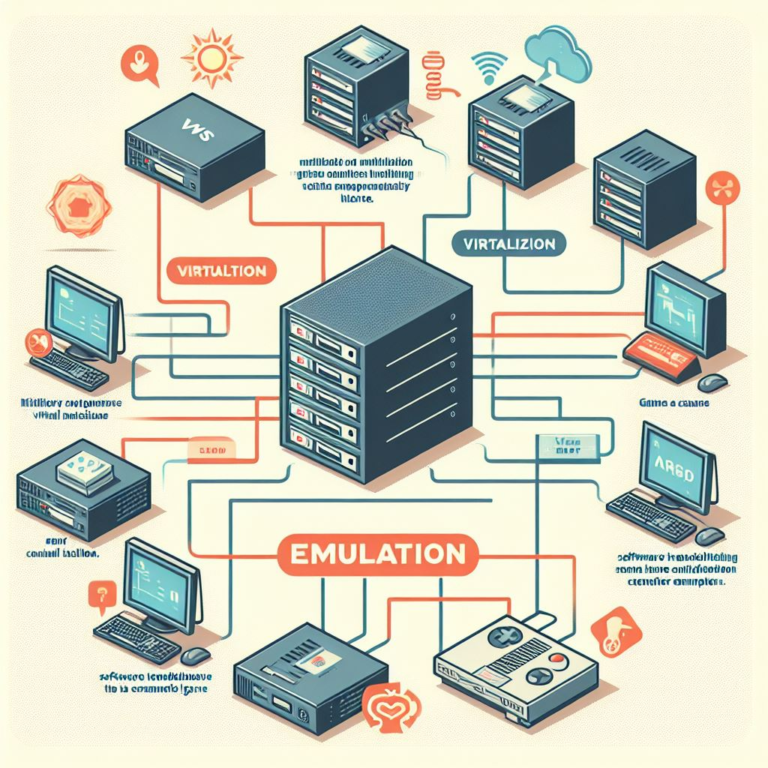











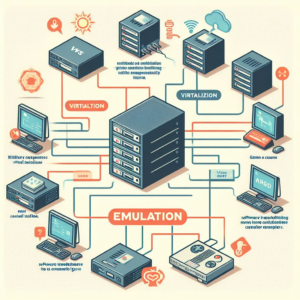



Post Comment